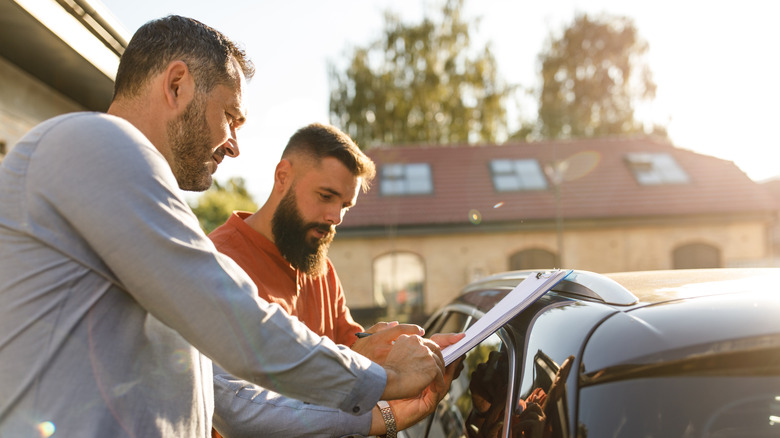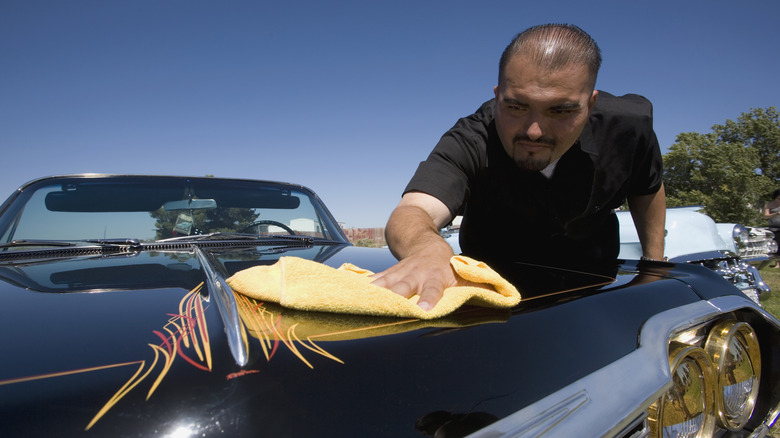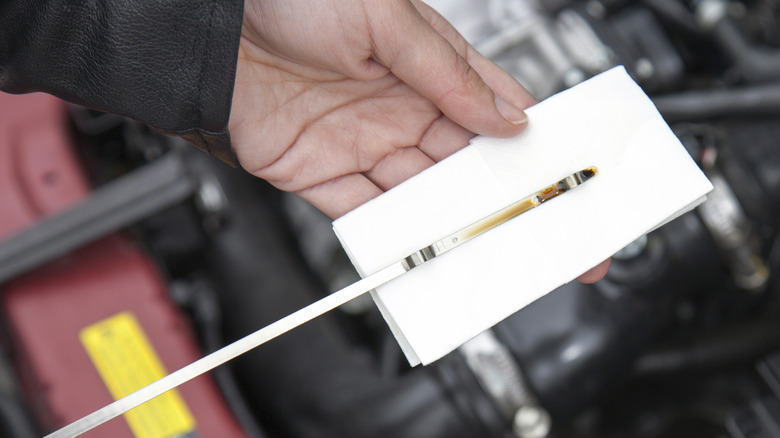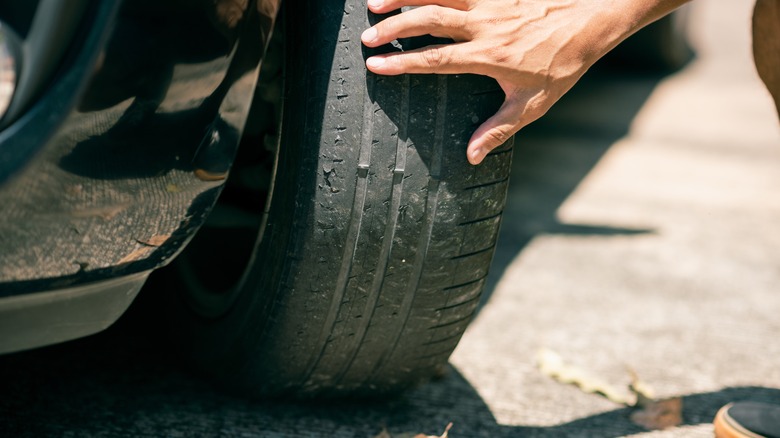4 Tips That Will Help Get Your Old Car Sold Faster
There are many factors worth considering if you want to sell your old car faster, and at the right price. The trim grade, optional equipment, paint color, and location are a few of the main factors that could dictate or affect the value of a used car. However, used car buyers look at the mileage and the vehicle's condition before assessing factors like the trim grade or body color.
Buyers typically pay good money for a low-mileage car, but the odometer reading could take a backseat if the vehicle is in tip-top shape. Then again, a low-mileage car with significant wear and tear (like torn leather seats, paint dents, or poor service records) will have a lower value than a higher-mileage unit with pristine upholstery, shinier paint, and updated maintenance requirements.
It will also sell faster than a poorly maintained used car, heightening the significance of vehicle condition when selling your old car. We compiled the four main things to check, inspect, perform, or replace before selling a used car, and most have to do with improving the car's condition so you can sell it faster and get the most value without spending too much restoration money.
Washing, waxing, and detailing
Professional car washing and detailing services would cost $75 to about $300, but you can achieve similar results with a few cleaning products and some elbow grease. Faded or rusted paint will crash the resale value of a used car, and it says a lot about how the vehicle was cared for by its previous owner. On the other hand, shiny paint devoid of deep scratches, swirl marks, or dents will attract more buyers. It will help sell the car faster and significantly increase the resale value, a win-win in our book.
Start by thoroughly washing the car using clean water and car shampoo. Avoid washing under direct sun or use abrasive sponges that could do more harm than good, and try to steer clear of automatic car washes that could further harm the paint. If the paint surface feels rough after washing and rinsing, grab a clay bar and some lubricant to make the paint smoother before polishing or waxing.
We recommend polishing if the paint has scratches or swirl marks, and polishing is an easy way to restore the gloss and sheen of dark paint colors like black or blue. Meanwhile, applying a final coat of wax (either after washing or polishing) will give the paint extra protection and an eye-popping shine.
Change the engine, transmission, and brake fluids
If your buyer knows a thing or two about cars, they will most likely check under the hood before assessing the paint. Sure, a freshly waxed finish is one of the first things buyers notice when inspecting a used car, but shiny paint is just a bonus if the fluids and mechanicals are up to date.
It's a good idea to drain and refill the engine with fresh oil before selling your car, especially if you habitually skip oil changes. Don't forget to change the oil filter while at it, and take a minute or two to check the automatic transmission (ATF) and the brake fluids. Like the engine oil, the fluids inside the transmission and braking system need replacing, depending on the car's age or mileage.
And besides, fresh fluids will make the car run better and smoother. Fresh engine oil means a quieter and more efficient engine, while an automatic transmission running on fresh ATF will execute faster and smoother shifts — things that a buyer would notice (and like) during the test drive.
Replace the tires
Tires are expensive, but critical to how a car rides, corners, or feels when driving. The ride, handling, and NVH (Noise, Vibration, and Harshness) characteristics of any car would typically depend on the suspension design and the tires, and the latter is most critical since it's constantly in contact with the road surface.
However, worn-out or balding tires wouldn't escape the discerning eyes of a knowledgeable used car buyer, and it's the same story if the tires are from different brands. If your old car has severely worn or expired tires, changing them will help sell your car faster. Unless you don't mind giving a steep discount on the purchase price, a better set of rubber says a lot about preventive maintenance and how you made sure the vehicle was always safe to drive.
If the tires are still relatively new, the least you can do is to ensure the balancing and alignment are correct, or to rotate the tires according to the user manual's recommendations. Checking the wheel alignment and balancing the tires will provide steady, arrow-straight steering at speed, and rotating the tires is essential to maximize tire wear.



